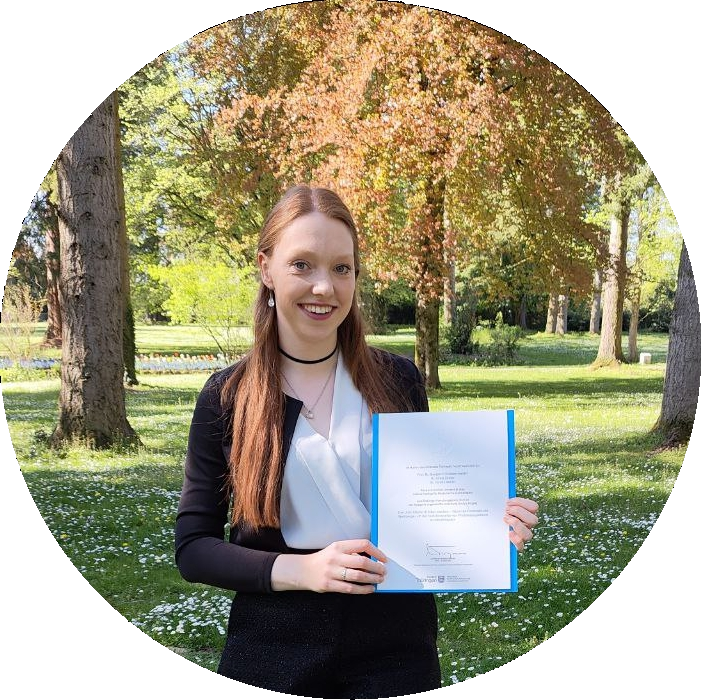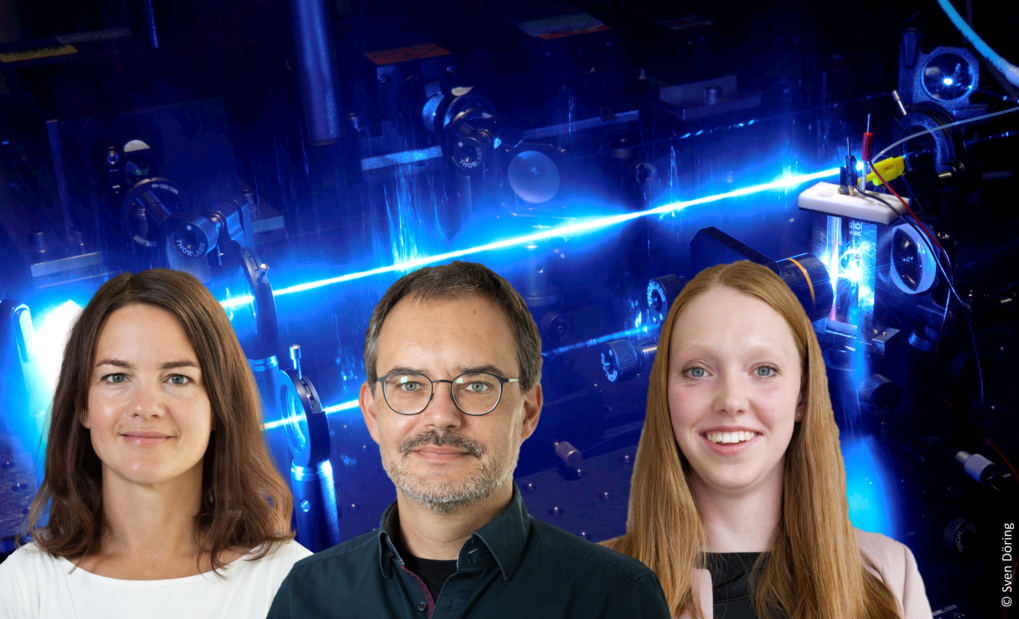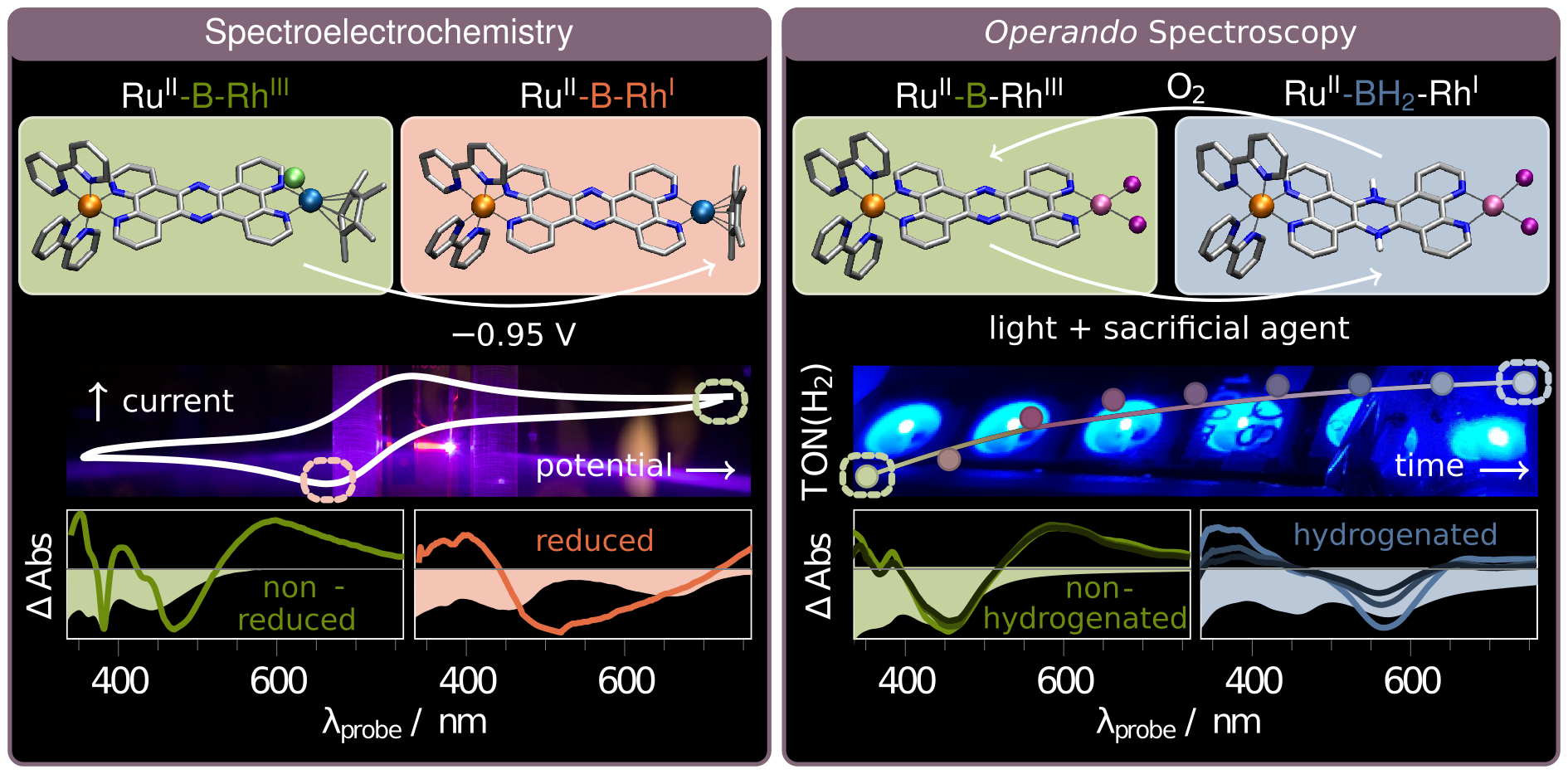Thuringian Research Award
2023-04-20 | Reading time: 6 min

|
I am excited to announce that our research team, which included my PhD supervisor Prof. Benjamin Dietzek-Ivansic, Dr. Linda Zedler, and myself, has been awarded with the prestigious Thuringian Research Award in the category of Applied research. |

|
It was an incredible journey collaborating on the development of an operando spectroscopic approach to investigate the mechanism of photocatalytic hydrogen evolution from water.
I am honored to have been a part of this project (CataLight),
and I am looking forward to sharing more about the fascinating world of light-induced mechanisms.
📰 University of Luxembourg
📰 Leibniz IPHT Jena
📰 Friedrich Schiller University Jena
ℹ️ About the Award
Making the Invisible Visible – Abstract of the Awarded Results
Renewable energy sources are key to meeting the world’s growing demand for energy sustainability. Among them, solar energy plays a crucial role, and researchers worldwide are exploring ways to capture solar energy more efficiently. Nature can provide the answers: Photosynthesis in plants relies on natural light-capturing molecules, namely photocatalysts that absorb sunlight and store this energy by synthesizing high-energy molecules. Inspired by nature’s example, artificial photocatalysts are designed. However, in-depth understanding of the process mechanisms of these systems creates the prerequisite for imitating and optimising efficient natural principles in technical processes.
This is where our breakthrough comes in: Our novel methods allow us to monitor the process of photocatalysis, i.e., to observe extremely short-lived intermediates. This provides fundamental insights into the catalytic mechanism, ultimately leading to a better understanding of how to develop more efficient photocatalytic systems.
We achieved this breakthrough by combining two experimental methods: time-resolved spectro-electrochemical and operando absorption spectroscopy. In the first approach, the molecules to be investigated are electrically „charged“, i.e., chemically oxidized or reduced. This allows us to prepare molecules with similar chemical properties to intermediates of photocatalytic processes, except that they are more durable and in higher concentrations in the specially developed electrochemical cell. For this reason the molecules are more accessible for subsequent optical spectroscopy which enables us to study the light-induced processes and structural rearrangements of the molecules in detail.

Secondly, operando absorption spectroscopy allowed us to monitor the photocatalysts “at work”, providing insights into catalytically active and inactive long-lived intermediates and side products. Therefore, we realized a mixed-method operando spectroscopic approach, where steady-state and time-resolved absorption experiments are performed at different reaction stages, i.e., during light-irradiation that triggers the photocatalytic process. In this way, we obtain snapshots depicting the course of the catalysis.
These methods are essential complements to the optical spectroscopic methods typically used to precisely observe the light-induced reactivity of short-lived intermediates of photocatalytic reactions. In this sense, we have created a new spectroscopic tool to better understand photocatalytic reactions.